Real-Time Monitoring and Coordinated Purification Strategy for PM2.5/Particulate Concentration in Cleanroom Air Conditioning Systems
DOI: 10.23977/acss.2025.090313 | Downloads: 6 | Views: 344
Author(s)
Linlin Guo 1
Affiliation(s)
1 Dalian Shengyu Air Conditioning and Purification Equipment Engineering Co., Ltd., Dalian, 130000, Liaoning, China
Corresponding Author
Linlin GuoABSTRACT
When addressing rapidly changing indoor PM2.5 and particulate concentrations, real-time monitoring accuracy is insufficient and purification response lags. This paper develops a real-time monitoring and coordinated purification model based on high-precision laser particle sensors and an Internet of Things (IoT) platform to achieve intelligent response and control to excessive PM2.5 concentrations. 1) Laser particle sensors are strategically placed in the cleanroom to collect real-time data at one-minute intervals; 2) Kalman filtering is used to fuse multi-point data, eliminating outliers and improving monitoring reliability; 3) Based on a cloud-based data analysis module, dynamic thresholds are set to trigger a coordinated purification strategy, automatically adjusting air volume and purification unit operating status; 4) Device coordinated responses are achieved through a wireless control system. Experimental results show that the system can reduce the response time to PM2.5 peaks to within 3 minutes, with a monitoring error of ±2 μg/m³. The conclusion shows that the clean air-conditioning system based on real-time monitoring and intelligent linkage significantly improves the indoor particle control capability and provides effective protection for a high-cleanliness environment.
KEYWORDS
Cleanroom Air Conditioning System, PM2.5, Real-Time Monitoring, Internet of Things, Coordinated PurificationCITE THIS PAPER
Linlin Guo, Real-Time Monitoring and Coordinated Purification Strategy for PM2.5/Particulate Concentration in Cleanroom Air Conditioning Systems. Advances in Computer, Signals and Systems (2025) Vol. 9: 104-113. DOI: http://dx.doi.org/10.23977/acss.2025.090313.
REFERENCES
[1] Xu Sennan, Wang Lili. Monitoring and analysis of TSP, PM<sub>10</sub>, and PM<sub>2.5</sub> concentrations in campus atmosphere [J]. Environmental Protection Frontier, 2024, 14(3): 430-437.
[2] Wei Liying, Xie Fei, Liang Jianping, Li Xiaobo, Li Yan. Research on the diffusion characteristics of air particulate pollutant concentration under continuous high temperature weather in summer [J]. Environmental Science and Management, 2025, 50(6): 55-59.
[3] Zheng Yuhong, Yan Yanhong. Design of environmental temperature, humidity and PM2.5 concentration monitor based on single chip microcomputer [J]. Computer Knowledge and Technology, 2021, 17(32): 104-106.
[4] Zhang Daning, Zhang Meng, Zhang Bo. PM2.5/10 concentration prediction model based on NARX neural network - a case study of Liangsidu monitoring station in Xianyang City [J]. Journal of Earth Environment, 2020, 11(2): 161-168.
[5] Zhang Yujie, Sun Danyi, Liu Jianwei, Chen Yanjiao, Cao Hongbin. PM2.5 exposure assessment of college students based on indoor environmental concentration monitoring [J]. Environmental Pollution and Control, 2020, 42(11): 1405-1409.
[6] Zhu S, Tang J, Zhou X, et al. Research progress, challenges, and prospects of PM2. 5 concentration estimation using satellite data [J]. Environmental Reviews, 2023, 31(4): 605-631.
[7] Liu S, Geng G, Xiao Q, et al. Tracking daily concentrations of PM2. 5 chemical composition in China since 2000 [J]. Environmental Science & Technology, 2022, 56(22): 16517-16527.
[8] Jayaratne R, Liu X, Ahn K H, et al. Low-cost PM2. 5 sensors: An assessment of their suitability for various applications [J]. Aerosol and Air Quality Research, 2020, 20(3): 520-532.
[9] Park J, Ryu H, Kim E, et al. Assessment of PM2. 5 population exposure of a community using sensor-based air monitoring instruments and similar time-activity groups [J]. Atmospheric Pollution Research, 2020, 11(11): 1971-1981.
[10] Magi B I, Cupini C, Francis J, et al. Evaluation of PM2. 5 measured in an urban setting using a low-cost optical particle counter and a Federal Equivalent Method Beta Attenuation Monitor [J]. Aerosol Science and Technology, 2020, 54(2): 147-159.
[11] Bi J, Knowland K E, Keller C A, et al. Combining machine learning and numerical simulation for high-resolution PM2. 5 concentration forecast [J]. Environmental science & technology, 2022, 56(3): 1544-1556.
[12] Wang Y S, Chang L C, Chang F J. Explore regional PM2. 5 features and compositions causing health effects in Taiwan [J]. Environmental Management, 2021, 67(1): 176-191.
[13] Desouza P, Kinney P L. On the distribution of low-cost PM2. 5 sensors in the US: demographic and air quality associations [J]. Journal of exposure science & environmental epidemiology, 2021, 31(3): 514-524.
[14] Geng G, Xiao Q, Liu S, et al. Tracking air pollution in China: near real-time PM2. 5 retrievals from multisource data fusion [J]. Environmental Science & Technology, 2021, 55(17): 12106-12115.
[15] Barkjohn K K, Bergin M H, Norris C, et al. Using low-cost sensors to quantify the effects of air filtration on indoor and personal exposure relevant PM2. 5 concentrations in Beijing, China [J]. Aerosol and Air Quality Research, 2020, 20(2): 297-313.
| Downloads: | 39801 |
|---|---|
| Visits: | 781683 |
Sponsors, Associates, and Links
-
Power Systems Computation
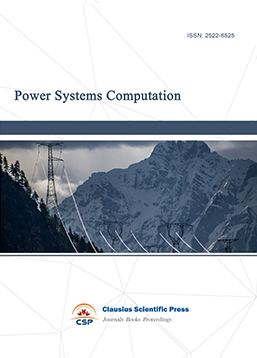
-
Internet of Things (IoT) and Engineering Applications
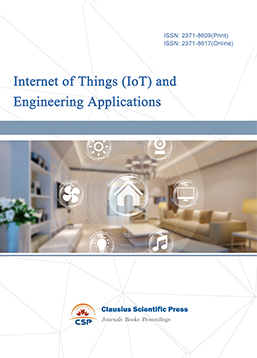
-
Computing, Performance and Communication Systems
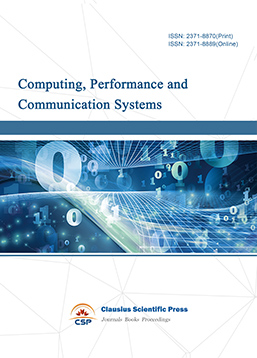
-
Journal of Artificial Intelligence Practice
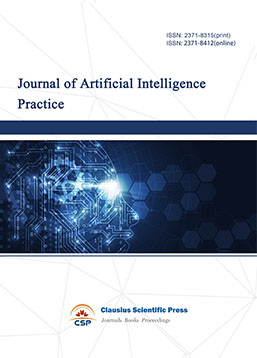
-
Journal of Network Computing and Applications
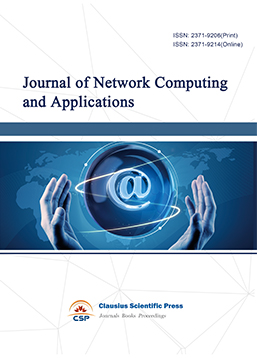
-
Journal of Web Systems and Applications
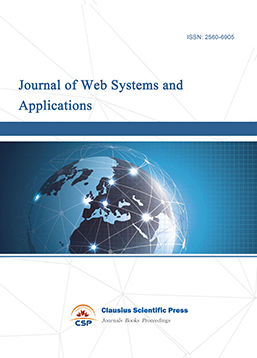
-
Journal of Electrotechnology, Electrical Engineering and Management
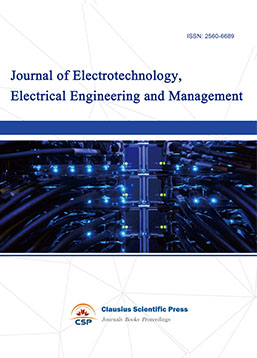
-
Journal of Wireless Sensors and Sensor Networks
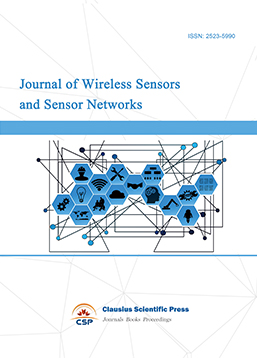
-
Journal of Image Processing Theory and Applications
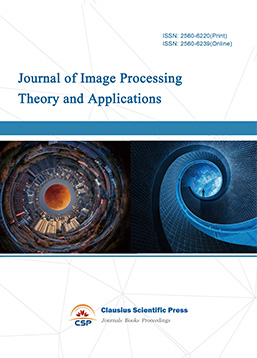
-
Mobile Computing and Networking
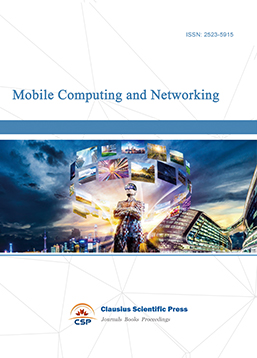
-
Vehicle Power and Propulsion
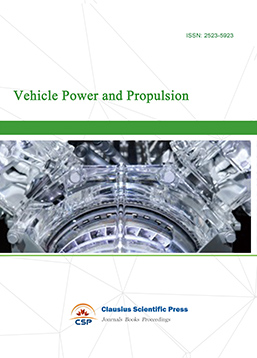
-
Frontiers in Computer Vision and Pattern Recognition
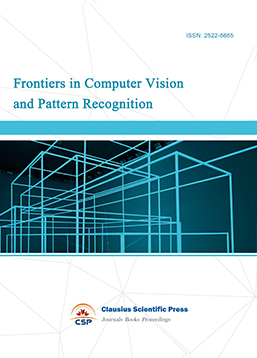
-
Knowledge Discovery and Data Mining Letters
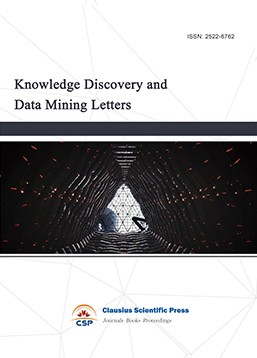
-
Big Data Analysis and Cloud Computing
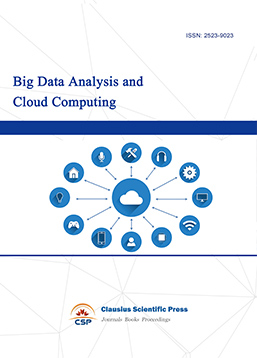
-
Electrical Insulation and Dielectrics
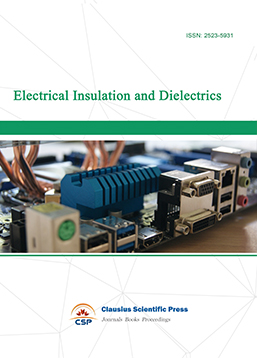
-
Crypto and Information Security
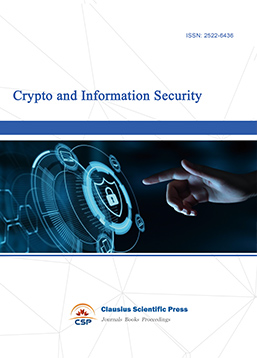
-
Journal of Neural Information Processing
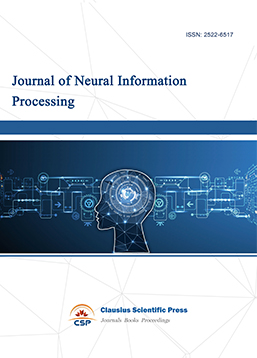
-
Collaborative and Social Computing

-
International Journal of Network and Communication Technology
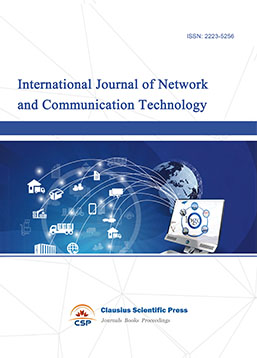
-
File and Storage Technologies
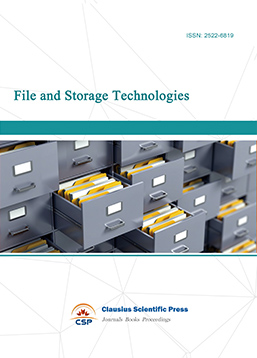
-
Frontiers in Genetic and Evolutionary Computation
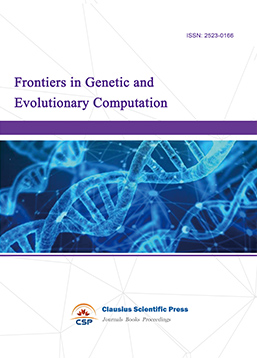
-
Optical Network Design and Modeling
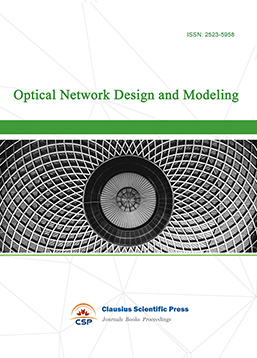
-
Journal of Virtual Reality and Artificial Intelligence
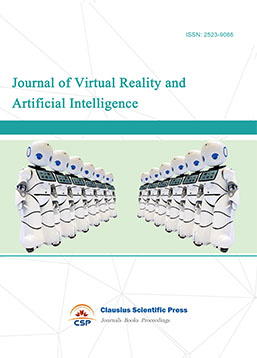
-
Natural Language Processing and Speech Recognition
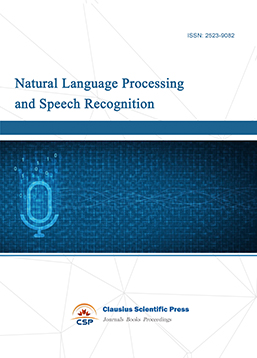
-
Journal of High-Voltage
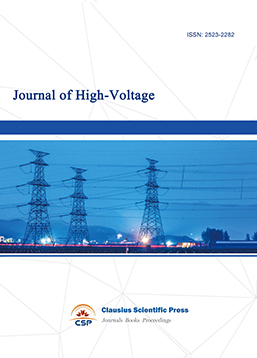
-
Programming Languages and Operating Systems
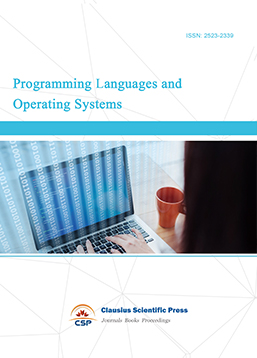
-
Visual Communications and Image Processing
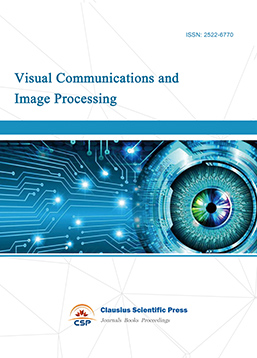
-
Journal of Systems Analysis and Integration
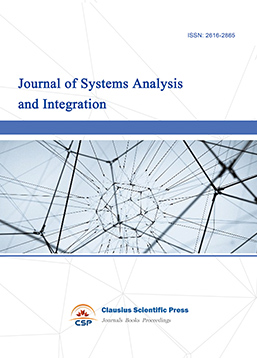
-
Knowledge Representation and Automated Reasoning
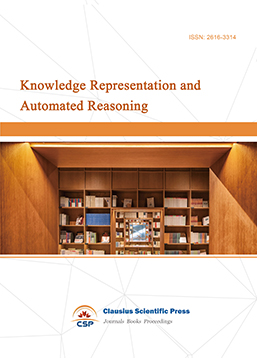
-
Review of Information Display Techniques
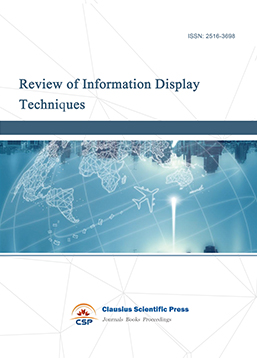
-
Data and Knowledge Engineering
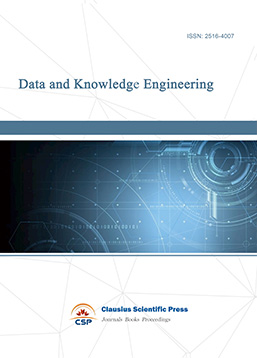
-
Journal of Database Systems
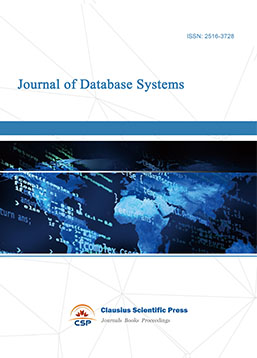
-
Journal of Cluster and Grid Computing

-
Cloud and Service-Oriented Computing
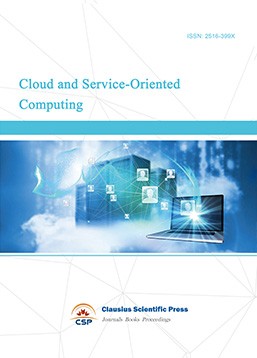
-
Journal of Networking, Architecture and Storage
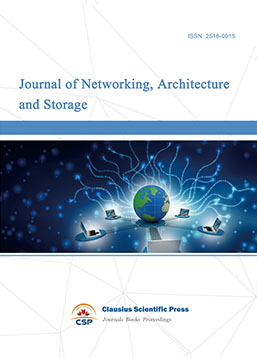
-
Journal of Software Engineering and Metrics
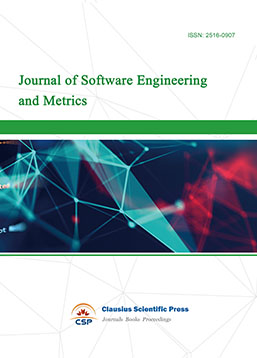
-
Visualization Techniques

-
Journal of Parallel and Distributed Processing
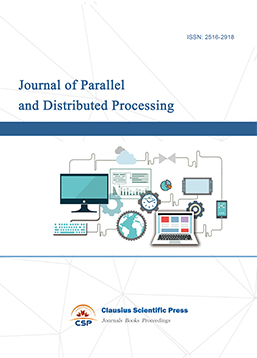
-
Journal of Modeling, Analysis and Simulation
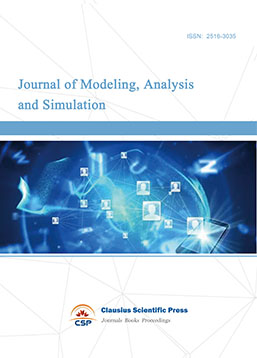
-
Journal of Privacy, Trust and Security
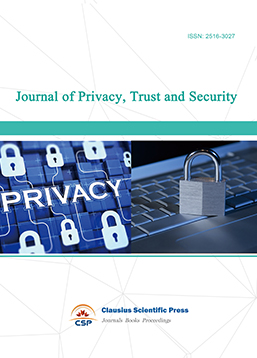
-
Journal of Cognitive Informatics and Cognitive Computing
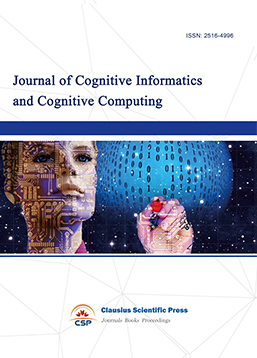
-
Lecture Notes on Wireless Networks and Communications

-
International Journal of Computer and Communications Security
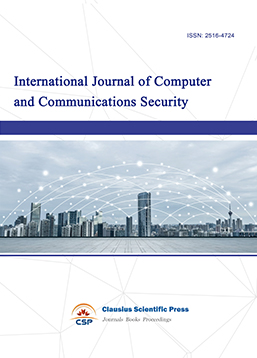
-
Journal of Multimedia Techniques
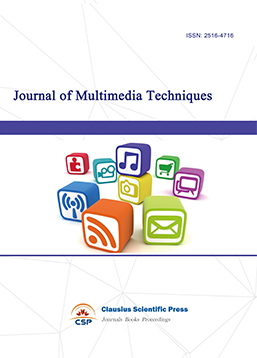
-
Automation and Machine Learning
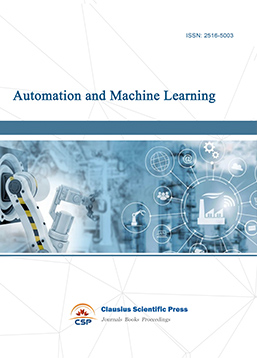
-
Computational Linguistics Letters
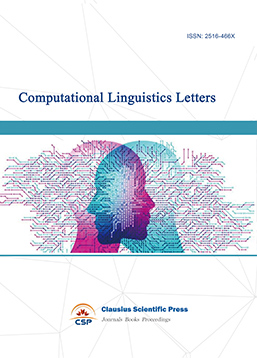
-
Journal of Computer Architecture and Design
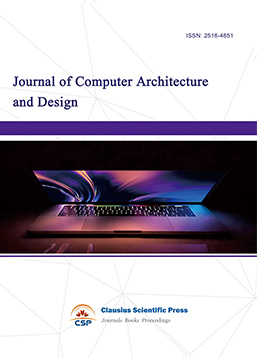
-
Journal of Ubiquitous and Future Networks
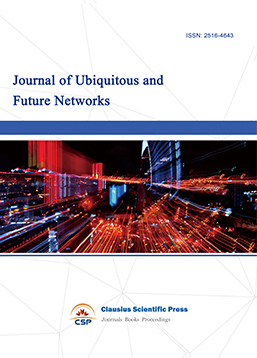

 Download as PDF
Download as PDF